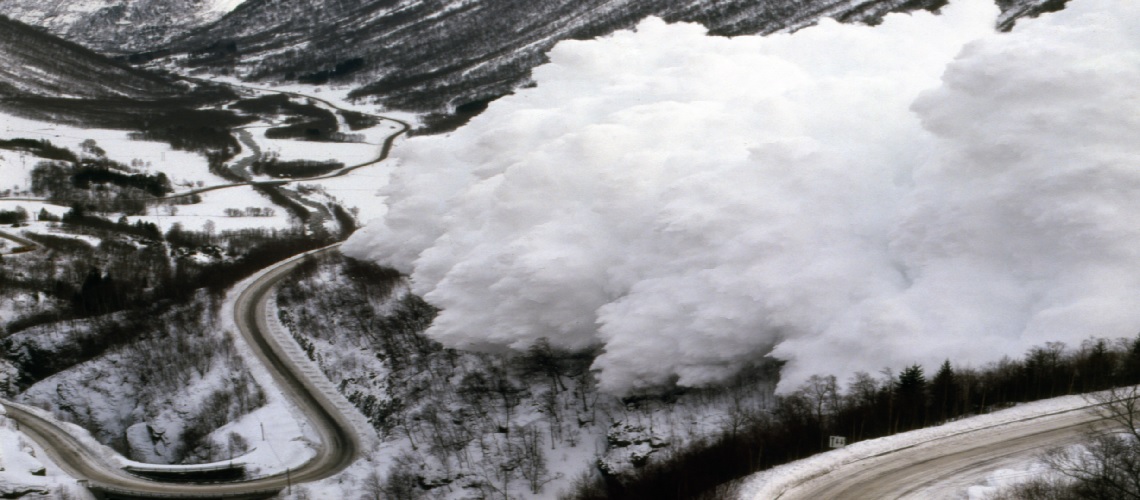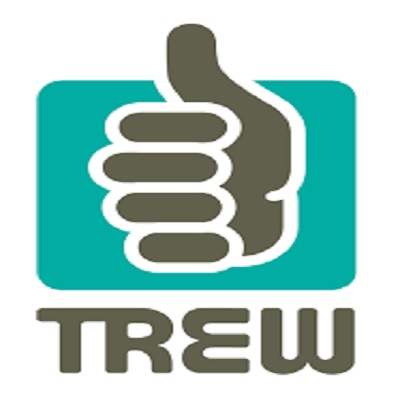WSL Institute For Snow & Avalanche Research SLF Explores AI For Avalanche Warnings

In the future, human experts will continue to create the avalanche bulletin. But the computer's assessment based on weather and measurement data is a valuable "second opinion".
Since last winter (2021/22), the avalanche warning service has also been using avalanche risk assessments in its operational work, which the computer with artificial intelligence creates using measurement and weather data. How the model predicts the avalanche danger level is described in DIAGONAL 1/22 or, in more detail, in a scientific paper recently published in the journal Natural Hazards and Earth System Science.
To create an avalanche bulletin, three avalanche warners are on duty at the SLF. In the morning they collect information: How has the weather developed? What are the forecasts? What are the observers reporting, what is the feedback from mountain guides and ski tourers? All three assess independently of each other which danger level prevails in which area and which parts of the terrain are particularly affected - and thus develop a forecast for the next day. They consolidate their assessments in the daily briefing at 3 p.m.
Since this winter, the computer's assessment based on artificial intelligence has been used. Very often his prognosis coincides with that of humans. But sometimes there are deviations. Avalanche warner Frank Techel: “The computer evaluates the data differently than we humans do. That's why he sometimes comes to a slightly different conclusion." Techel and his colleagues take a different “opinion” from the computer as an opportunity to critically review their consolidated assessment again – and adjust it if necessary. "Yes, there was," he reports, "the computer forecast is a real help, especially for the precise geographical delimitation of different danger levels". That is why the avalanche warners will continue to use the model in the future.
The computer model used this winter is only suitable for dry avalanches. However, the researchers at the SLF have also continued to work: models for wet snow avalanches and for the stability of the snowpack are now available – based on the same machine learning methods. They will also be operationally tested next winter.














